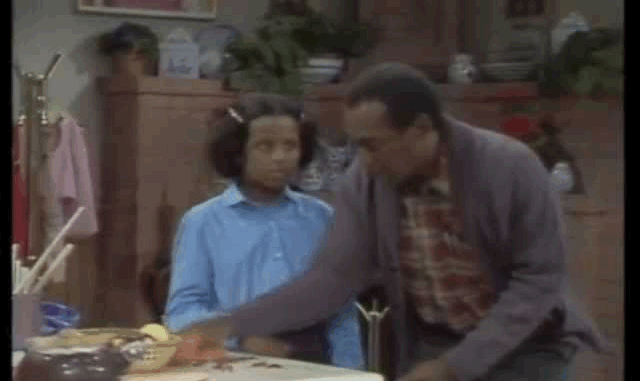
When The Cosby Show debuted in 1984, American television was forever changed. More than just a successful sitcom, the series presented a powerful, forward-thinking vision of the American Dream—one that included Black professionals, loving families, and a deep commitment to education and personal growth. In a landscape often dominated by stereotypes and one-dimensional roles, the Huxtables offered something new, real, and aspirational.
The Huxtables: A New Vision of Success
At the center of The Cosby Show was the Huxtable family, led by Dr. Heathcliff Huxtable (Bill Cosby), an obstetrician, and his wife Clair (Phylicia Rashad), an attorney. Unlike many sitcom families of the time, the Huxtables were financially secure, well-educated, and lived in a stylish Brooklyn brownstone. But their real richness came not from wealth—but from wisdom, culture, and connection.
This depiction was revolutionary. Viewers had rarely seen Black characters portrayed as multidimensional professionals navigating parenting with humor, care, and dignity. It challenged prevailing narratives, showing that the American Dream was not exclusive to one race or class.
Education, Humor, and Discipline
One of the show’s signature strengths was its focus on education. The Huxtable children—Sondra, Denise, Theo, Vanessa, and Rudy—each faced academic and personal challenges, and the show often used humor to deliver life lessons. From Theo’s struggles with dyslexia to Denise’s college missteps, the show treated youth with realism and compassion.
But it wasn’t all lectures and life lessons. The Cosby Show was funny—brilliantly so. It blended situational comedy with sharp writing and memorable moments, from Cliff’s dance routines to Rudy’s unforgettable lip-sync battle with her friend Kenny. Each episode reminded viewers that family life, no matter how chaotic, is full of joy and meaning.
Cultural Pride Without Preaching
Another hallmark of The Cosby Show was its embrace of Black culture—music, art, history, and heritage—woven seamlessly into storylines. Whether through guest appearances by jazz legends or references to historically Black colleges and universities (HBCUs), the show celebrated culture proudly but never patronizingly.
It didn’t shout its messages; it let them unfold naturally. In doing so, it invited all viewers—Black and non-Black alike—into a world where cultural pride was a foundation, not a footnote.
The Show’s Enduring Power
Though the series ended in 1992, its echoes are still felt. It opened doors for future shows like Family Matters, Moesha, Black-ish, and This Is Us—all of which owe a creative debt to The Cosby Show. It also launched the careers of stars like Lisa Bonet and Malcolm-Jamal Warner, while strengthening Phylicia Rashad’s role as a trailblazing figure in television history.
Despite the shadows cast in recent years by allegations against Bill Cosby, the show’s broader legacy continues to spark debate—and reflection. Many still view the series as a landmark achievement, one that challenged stereotypes and expanded the possibilities of Black representation in mainstream media.
Conclusion: A Sitcom That Shaped a Generation
The Cosby Show didn’t just entertain—it inspired. It gave viewers a hopeful and grounded image of family, success, and the daily joys of life. For many, it wasn’t just a show—it was a symbol of possibility.
In a world still striving for inclusion and authenticity in storytelling, The Cosby Show remains a powerful reminder of what television can be: a mirror, a teacher, and, most importantly, a window into a better version of ourselves.
